

Recife, stolen city.
Reflections on people centred city planning.
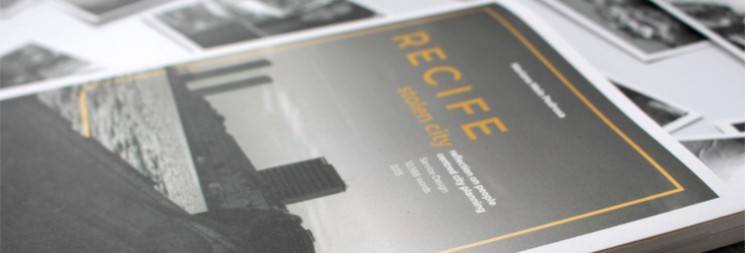
ABOUT THIS PROJECT
Project: Dissertation, Critical Historical Studies
Tutor: Barry Curtis
Date: Jan – Oct 2015
Grade: Distinction
The two main aims of the essay were (a) to understand what constitutes the natural function of cities and (b) what has changed throughout the years. As result I set out a manifesto as to how an ‘ideal’ city can be created.
In the process of writing, I decided to focus on a city I am much more familiar with: my hometown, Recife, where the idea of ‘city’ is being currently questioned by its citizens.
Until the present, we have been living in a model of a city that drives us towards urban chaos and social disorganisation. Denying the use of public space continues to intensify the privatisation of life. The rigid planning processes of the 20th century have become so institutionalised that community stakeholders rarely have the chance to voice their own ideas and aspirations about the places they inhabit.
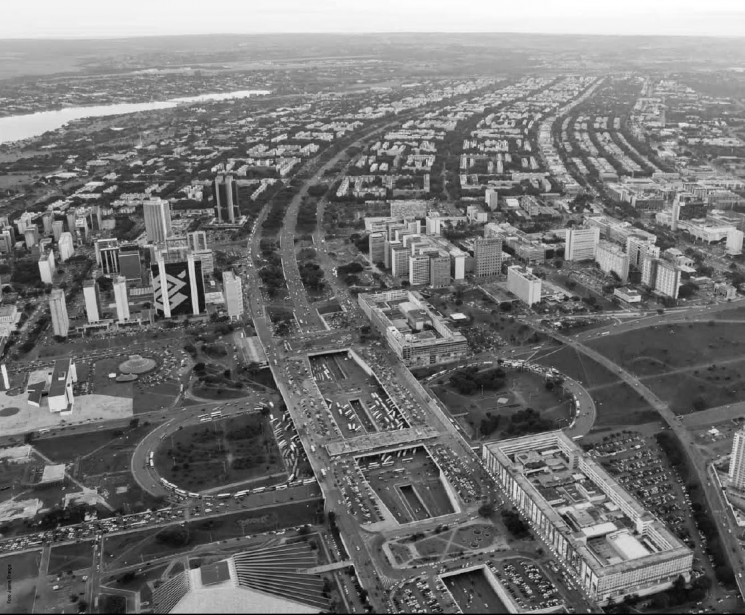
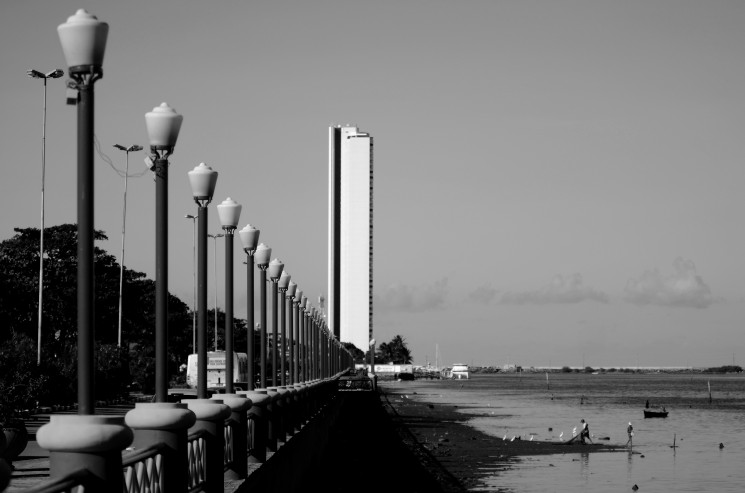
It is necessary to rethink the city. A city should be a place that encourages meetings and interactions, that embraces heterogeneity and spontaneity. A place that listens to its citizens and changes based on their needs. A place where citizens make decisions and participate in the process. People should be at the heart of the process. Nobody knows more about a city than its citizens. Good design is democratic.
Therefore, for my dissertation, I proposed a framework to create an ‘ideal’ city. A city for people, a city by people. This idea was based on current elements of urban design, integrated with principles of design thinking and it also includes the proposal of the Placemaking movement. The framework was divided into two sections: structure and governance.
Structure – The structure of the ideal city should be based on people-oriented city planning: the creation of an urban environment that is designed based on the human dimension and considers the best attributes to create a better urban quality. There are direct connections between improvements for people in city space and visions for achieving sociable, liveable, sustainable and accessible cities.
Governance – Ricardo Montezuma, an urbanist at the National University of Colombia, explains that the city is an idea to which each citizen contributes and from which each citizen should benefit. So, a city can’t only be built for people, creating a pleasant, sustainable, sociable and safe place to live in. The way we achieve these outcomes is by involving people in the process, using a design thinking methodology geared towards excellence and a decentralisation of power. This is the second sector of the proposed framework: governance, cities by people. It comprises four key elements: engagement, excellence, context and devolutions.
If, as designers, we set ourselves to ask, listen and observe how people behave and react in cities’ spaces, I believe we can deliver long-lasting cities that citizens can relate to. This idea isn’t new. During the 1960s and 1970s, William Whyte and Jane Jacobs applied social research methodologies to the design of public spaces. Their ideas are still valid today and their methods can certainly be reinvented and improved, so why not rediscover them?
Interested to read it all? Just send me and email (mariana.pedrosa@network.rca.ac.uk) and I will send you a copy.
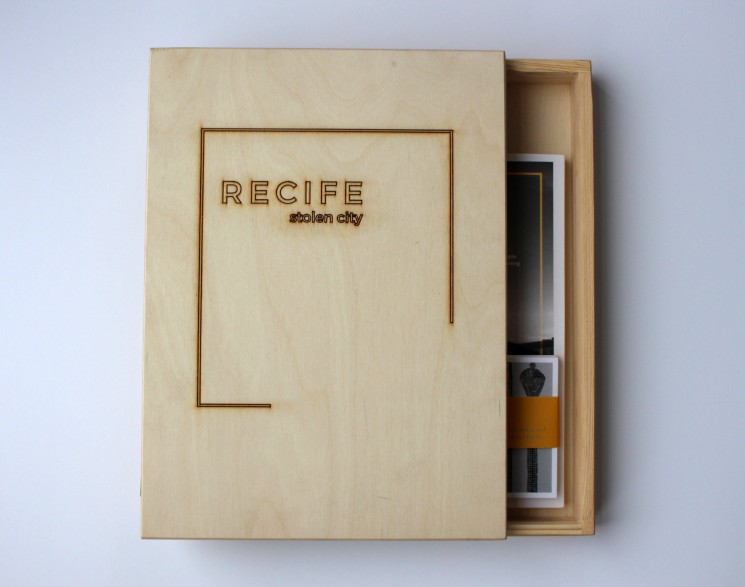
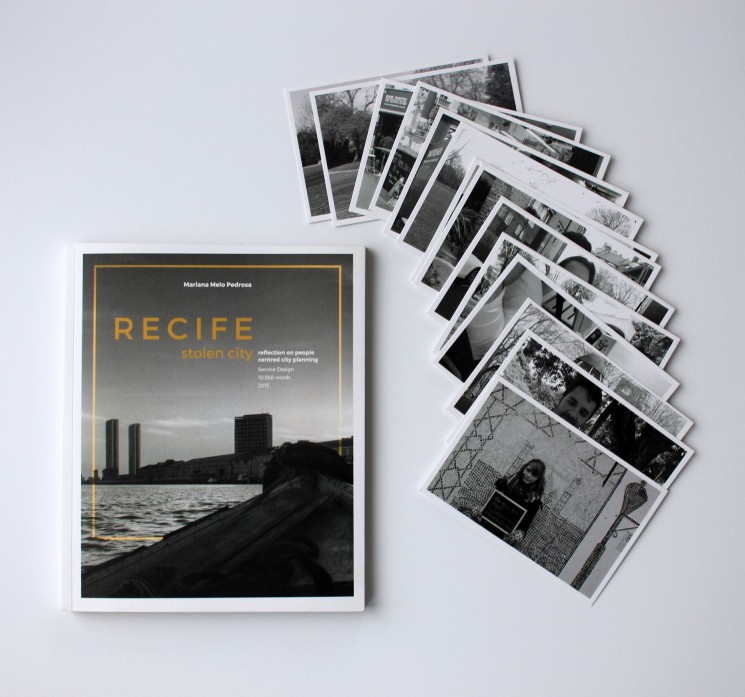
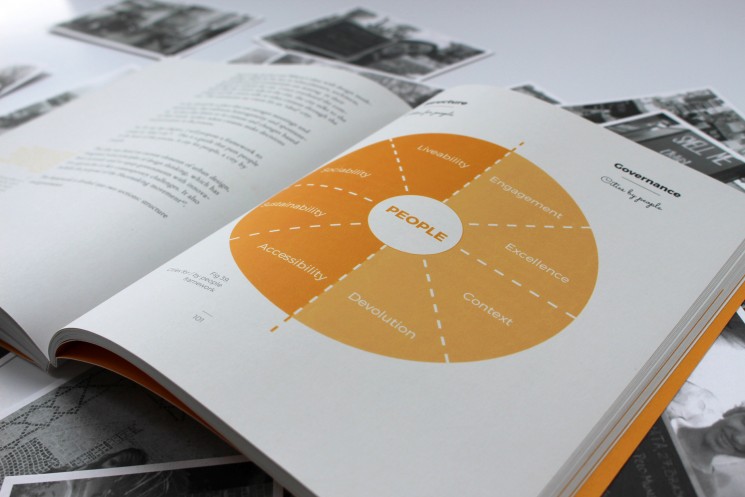
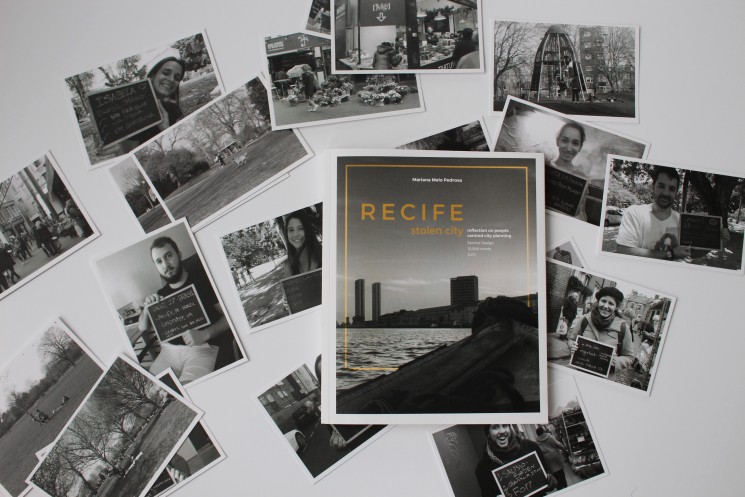
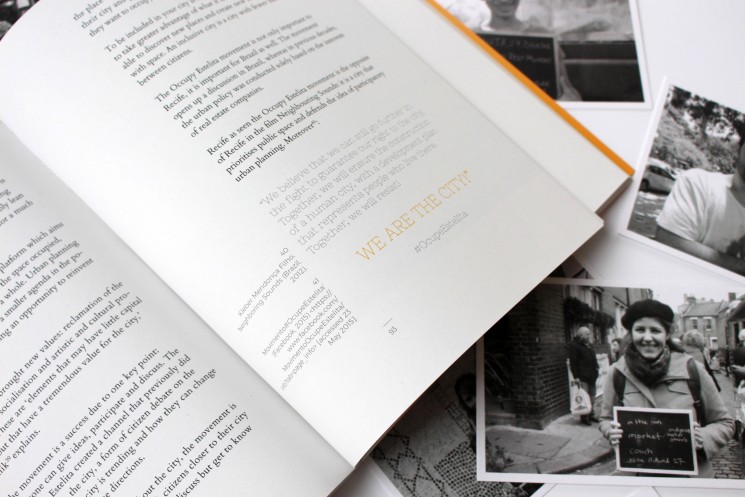
Want to see more?
Go back to projects page© 2024 Mariana Pedrosa
Designed by Estúdio Visio